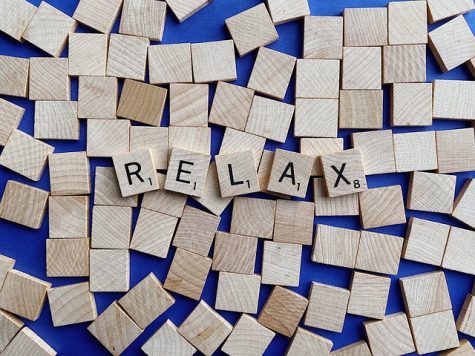Tingling Sensation
November 3, 2020

Whispers. Scratching. Tapping. Crinkling. Buzzing. Can you feel the classic tingling sounds of ASMR? What is ASMR you may ask? In 2010, Jenifer Allen has created the term ASMR. ASMR is an acronym that stands for autonomous sensory meridian response. ASMR is when the tingling sensation in the scalp, starts and travels down the spine and to the limbs. As you may have seen, ASMR has become popular all over the internet! As you search ASMR on YouTube, you get millions of results with people whispering, getting massages, their bones cracked, crumpling paper, chewing food, scratching wood, and a plethora of other small, seemingly random actions while really close to a microphone for millions of views. For some people, watching ASMR videos can help relax the body and help sleep at night.
It can help you sleep with the peaceful feeling you get from ASMR. In one study, scientists found that before they went to bed, most people preferred to watch videos of the vibrations and sounds causing their ASMR. The same research looked at how your attitude shifts with ASMR. Most individuals said that activating their ASMR helps them with depressive symptoms. However, it’s just a temporary solution. A couple of hours after the tingling feeling, the effect disappears. In a series of studies conducted by Poerio, Blakey, Hostler, & Veltri, (2018), it was found that viewing ASMR videos only in individuals undergoing ASMR improved optimistic emotional states. They also observed that physiological indicators, including decreased heart rate and improved skin conductance, were consistently correlated with ASMR. They observed that individuals who encountered ASMR directly had reactions only to the ASMR videos and not to control videos, such as tingling and enhanced calmness. Compared to non-ASMR videos, the ASMR responders displayed significantly decreased heart rate and significantly improved skin conductance in response to the ASMR videos. Decreased connectivity can be associated with decreased attentional regulation, and ASMR can entail a decreased inhibition of sensory-emotional stimuli that in most people may be suppressed. For the synesthesia-like perception of an intense response to an otherwise benign auditory or visual stimuli, this may have effects.
For certain persons, ASMR may have some use in the treatment of insomnia, and testing may be required to see whether it is genuinely successful, and for whom. Some individuals, meanwhile, really like these videos and find them useful. To check out some more on asmr, just google asmr videos, then sit back and relax.